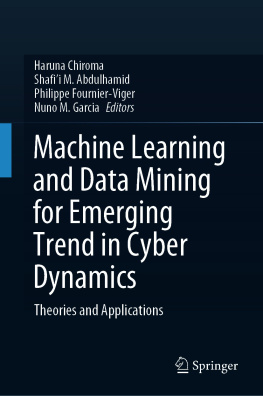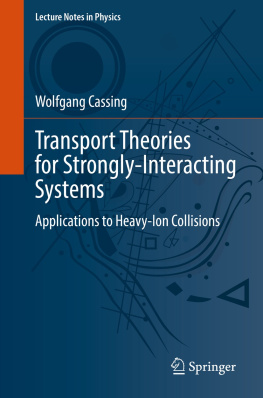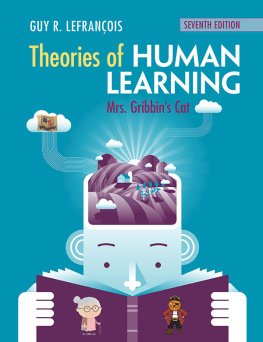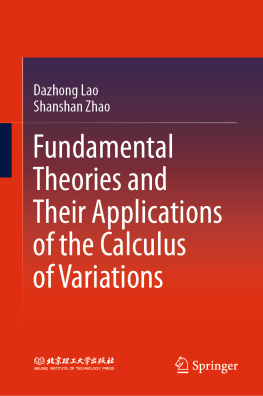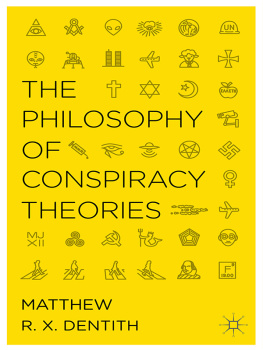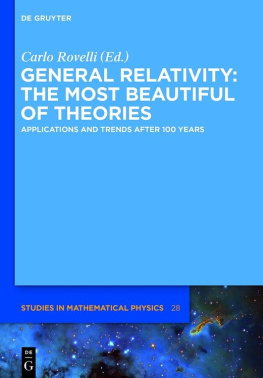Haruna Chiroma - Theories and Applications
Here you can read online Haruna Chiroma - Theories and Applications full text of the book (entire story) in english for free. Download pdf and epub, get meaning, cover and reviews about this ebook. publisher: Springer International Publishing, genre: Romance novel. Description of the work, (preface) as well as reviews are available. Best literature library LitArk.com created for fans of good reading and offers a wide selection of genres:
Romance novel
Science fiction
Adventure
Detective
Science
History
Home and family
Prose
Art
Politics
Computer
Non-fiction
Religion
Business
Children
Humor
Choose a favorite category and find really read worthwhile books. Enjoy immersion in the world of imagination, feel the emotions of the characters or learn something new for yourself, make an fascinating discovery.
- Book:Theories and Applications
- Author:
- Publisher:Springer International Publishing
- Genre:
- Rating:3 / 5
- Favourites:Add to favourites
- Your mark:
- 60
- 1
- 2
- 3
- 4
- 5
Theories and Applications: summary, description and annotation
We offer to read an annotation, description, summary or preface (depends on what the author of the book "Theories and Applications" wrote himself). If you haven't found the necessary information about the book — write in the comments, we will try to find it.
Theories and Applications — read online for free the complete book (whole text) full work
Below is the text of the book, divided by pages. System saving the place of the last page read, allows you to conveniently read the book "Theories and Applications" online for free, without having to search again every time where you left off. Put a bookmark, and you can go to the page where you finished reading at any time.
Font size:
Interval:
Bookmark:
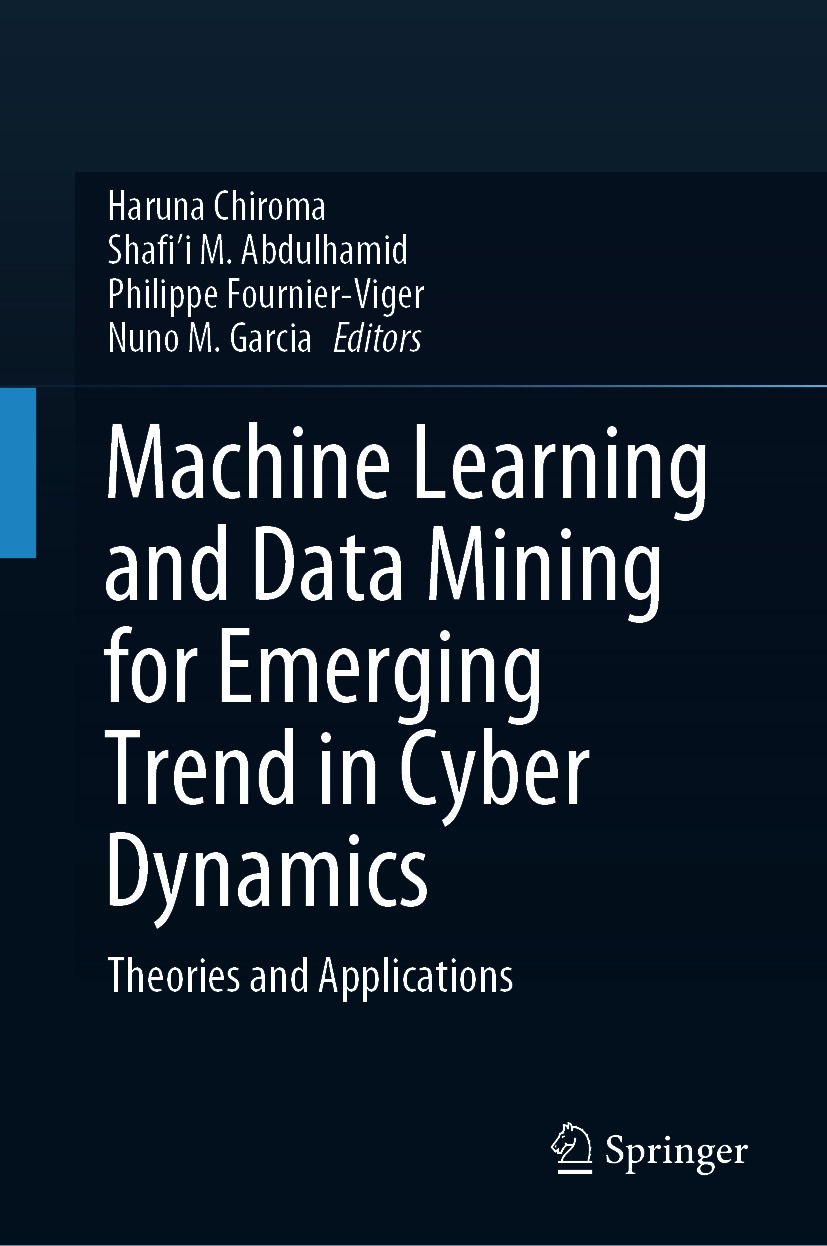

This Springer imprint is published by the registered company Springer Nature Switzerland AG
The registered company address is: Gewerbestrasse 11, 6330 Cham, Switzerland
Telecommunication networks play a major role in todays society as they support the transmission of information between businesses, governments, and individuals. Hence, ensuring excellent service quality and avoiding service disruptions are important. For this purpose, fault management is critical. It consists of detecting, isolating, and fixing network problems, a task that is complex for large networks, and typically requires considerable resources. As a result, an emerging research area is to develop machine learning and data mining-based techniques to improve various aspects of the fault management process. This chapter provides a survey of data mining and machine learning-based techniques for fault management, including a description of their characteristics, similarities, differences, and shortcomings.
Computer networks are crucial to todays society as they support communication between individuals, governments, and businesses. They are used not only to connect desktop computers, but also all kinds of electronic devices such as smartphones, wearable devices, sensors, and industrial machines. They also play a key role in emerging domains such as sensor networks [].
To ensure effective and efficient communication between devices, a network must be carefully designed in terms of physical and logical topology, and software must be properly configured. This requires considering various aspects such as budget, facilities, performance, and security requirements. Then, during a networks lifetime, various maintenance tasks must be carried out such as to replace, install, and upgrade equipment and software. Moreover, a key activity is fault management, which is carried out to ensure a networks security, availability, reliability, and optimize its performance [].
Fault management aims at solving problems that are occurring in a network. It consists of four main tasks, which are (1) Detecting, (2) Diagnosing, (3) Isolating, and (4) Fixing network faults [].
Since more then two decades, some attempts at developing computer systems for fault management were made. For instance, in the 1990s, some expert systems were designed that relied on a knowledge base of rules to diagnose network problems. But a drawback of such systems was that specifying rules by hand requires expert knowledge, these rules would not be noise tolerant, and that writing these rules is time consuming and prone to errors [].
To build computer systems for fault management that do not rely heavily on domain experts, a promising fault management approach has been to apply data mining and machine learning-based techniques []. These techniques allow to semi-automatically extract knowledge and learn models from data. Though there has been several studies in this direction, no survey has been published on this topic.
Font size:
Interval:
Bookmark:
Similar books «Theories and Applications»
Look at similar books to Theories and Applications. We have selected literature similar in name and meaning in the hope of providing readers with more options to find new, interesting, not yet read works.
Discussion, reviews of the book Theories and Applications and just readers' own opinions. Leave your comments, write what you think about the work, its meaning or the main characters. Specify what exactly you liked and what you didn't like, and why you think so.

